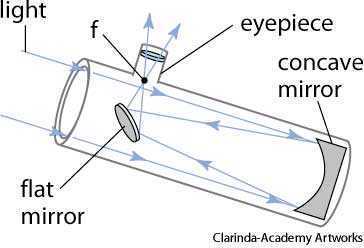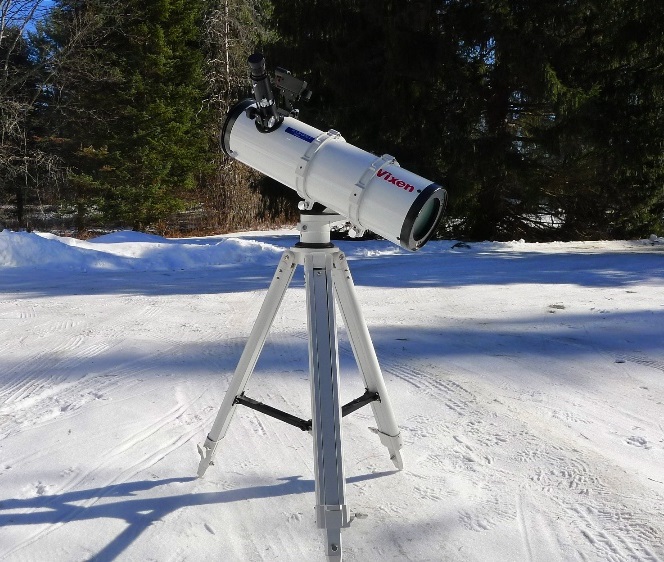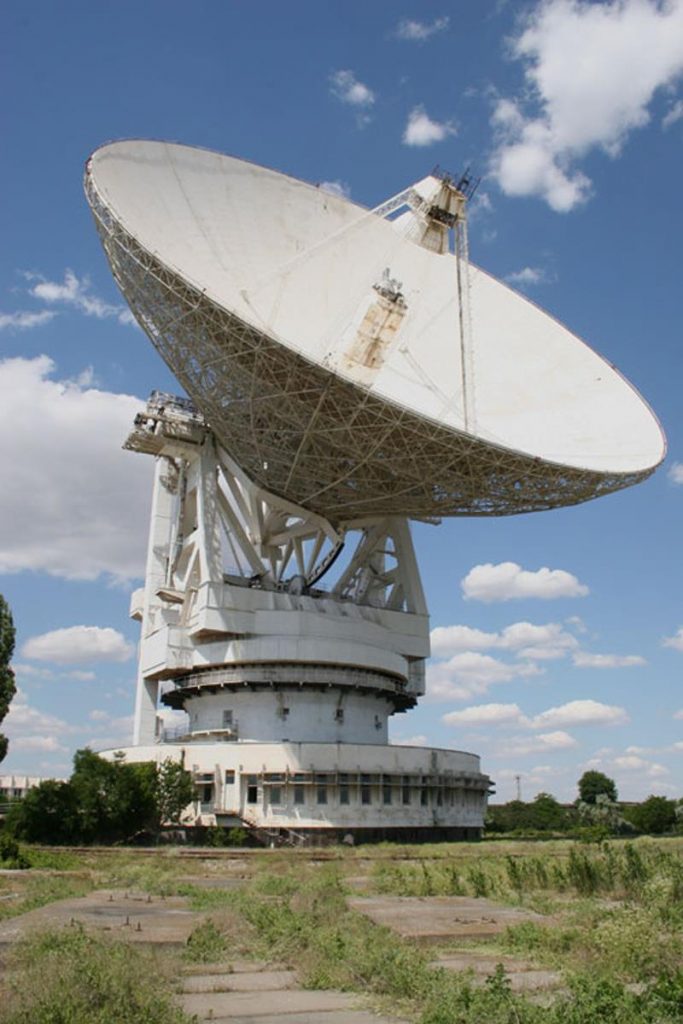What Are the Different Types of Telescopes?
by Simmy Parker
When it comes to telescopes, there are a variety of shapes and sizes. There are actually a few main types based on how they work and what they are used to view.
Since the first one was developed in the 17th century, people have been looking towards the stars. They’re wondering what’s out there, and fascinated by the possibilities.
Today’s telescopes are light years beyond the ones developed all those centuries ago. They’re able to see deep into space towards galaxies and distant stars.
Telescopes come in a few types based on what they are meant to view like space telescopes or solar telescopes.
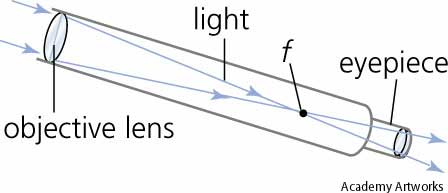
An optical telescope is one that an astronomer uses to view planets and galaxies with their eye pressed to an eyepiece.
The refracting telescope is of a type of optical telescope known as dioptrics.
Refracting Telescope
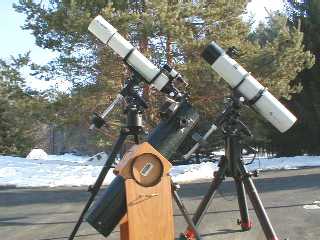
The refracting telescope is one of the simplest to use. There are two lenses in the refracting telescope.
Light enters the end of the telescope, the lens refracts or bends the light, and the image is magnified for viewing through the eyepiece.
The refracting telescope can be quite large and heavy. They usually have a large aperture for allowing more light to enter through the primary lens. The lenses are large and the body or tube is quite long.
This will have an impact on the price of the telescope since high quality lenses are vital for the images’ clarity.
A heavy telescope is harder to transport, so that should be kept in mind when finding a telescope for amateur astronomers as a gift.
Check out this video showing how a refracting telescope works.
Read our article, “How Does A Refracting Telescope Work?“
Reflecting Telescope
This type of telescope is known as a catoptrics version of a telescope. The tube and lens system is similar to that of a refracting telescope.
There are many things similar, but others are vastly different for a reflecting telescope. The tube allows light to enter through one end. On that end is a primary mirror, and on the other end is a secondary mirror.
The primary mirror reflects the light to the secondary mirror and towards the eyepiece. The eyepiece is normally mounted on the side of the tube, which is how you can see the difference immediately in a telescope.
Reflecting telescopes are popular because they’re smaller and compact compared to refracting telescopes.
This allows astronomers to break them down and carry them to other locations quite easily. It’s important to be careful with the mirrors, though. They can be knocked out of alignment.
Here’s an excellent video showing the difference between refracting and reflecting telescopes.
Read our article, “How Do Reflecting Telescopes Work?“
Catadioptric Telescope
The catadioptric is a hybrid option based on both reflecting and refracting telescopes. Its name is even a hybrid of the names of the refracting (dioptrics) and reflecting (catoptrics) type of telescope.
The interior of the tube has a corrective lens that allows incoming light. The light is reflected from a primary mirror to a secondary mirror. It’s reflected back to the primary mirror and the eyepiece.
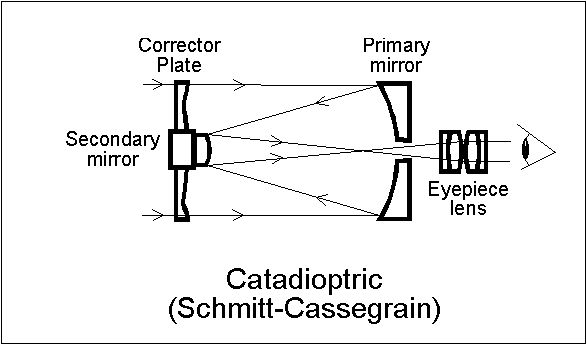
The focusing of this telescope is done by moving the primary mirror instead of the eyepiece like it’s done in other telescopes.
It can be a bit harder to focus an image because of the movement of the mirror, but these telescopes are portable and small.
This optical telescope has advantages because there are lenses as well as mirrors for focusing.
It’s a great telescope for all kinds of purposes like focusing galaxies and planets for amateur astronomers of all experience – whether beginners or advanced users.
Watch this video talking about the three main types of telescope – refractor, reflector, and catadioptric.
Radio Telescope
This type of telescope uses radio waves to create images of far-off celestial bodies. Every object in the sky gives of radio waves.
Those waves are read by huge antennas that have large dishes attached. They’re normally not used by amateur astronomers, though. Those huge dishes you see with three spokes in the middle are radio telescopes.
Check out this neat video talking about how radio telescopes help us to see unseen galaxies.
X-Ray and Gamma-Ray Telescope
Like radio telescopes, x-ray and gamma-ray telescopes use the rays that the bodies of the suns, supernovas, and stars give off to create their images.
It’s how astronomers are able to see events that occur in deep space like supernovas and black holes.
The gamma-ray telescope detects the burst of gamma rays that help confirm events taking place in space that can’t be detected with visual confirmation.
X-ray and gamma-ray telescopes are used at higher elevations, so there’s no worry about pollution altering the images.
Here’s a cool video of the Fermi Gamma Ray Space Telescope.
Conclusion
The types of telescopes vary based on who is using them, and the task they will perform.
Amateur astronomers might choose a telescope based on price and the types of lenses used. It should be compact and easy to transport if the astronomer plans on traveling with it.
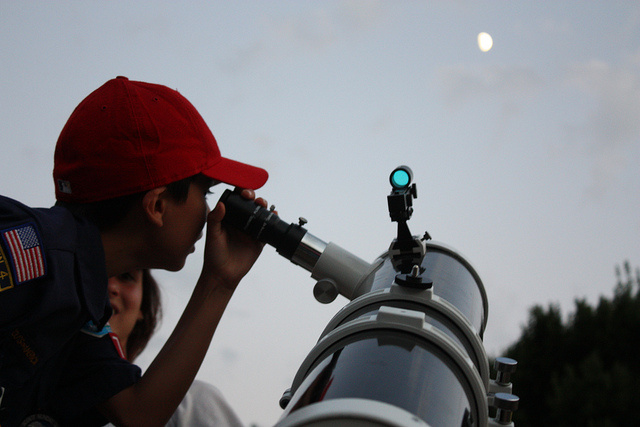
The type of lens and mirror can have an impact on the bodies in the sky that the user will be able to see. That should be a consideration when making a purchase.
While included on this list, x-ray and gamma-ray telescopes are normally not something the general public will want for their sky viewing.
More Articles on Telescopes From Us!
Related posts:
- A Beginners Guide To Setting Up A Telescope
- How Does a Dobsonian Telescope Work?
- How Do Reflecting Telescopes Work?
- How Does a Newtonian Telescope Work?
 |
 |
 |
 |

About Simmy Parker
Simmy is an outdoor expert who loves to spend time in the wilderness. She received a BS degree in Civil Engineering at Sacramento State University, and has put her skills to use by helping design and build some of the most impressive structures in the world. However, Simmy's true passion lies in sharing her love of nature with others, and she spends much of her free time leading hikes and teaching people about the flora and fauna that can be found all around them.
Thoughts on "What Are the Different Types of Telescopes?"
 |
 |
 |
 |
Backyard Stuff
You can Get FREE Gifts. Receive Free Backyard Items here. Disable Ad Blocker to get them all now!
Once done, hit anything below
 |
 |
 |
 |

